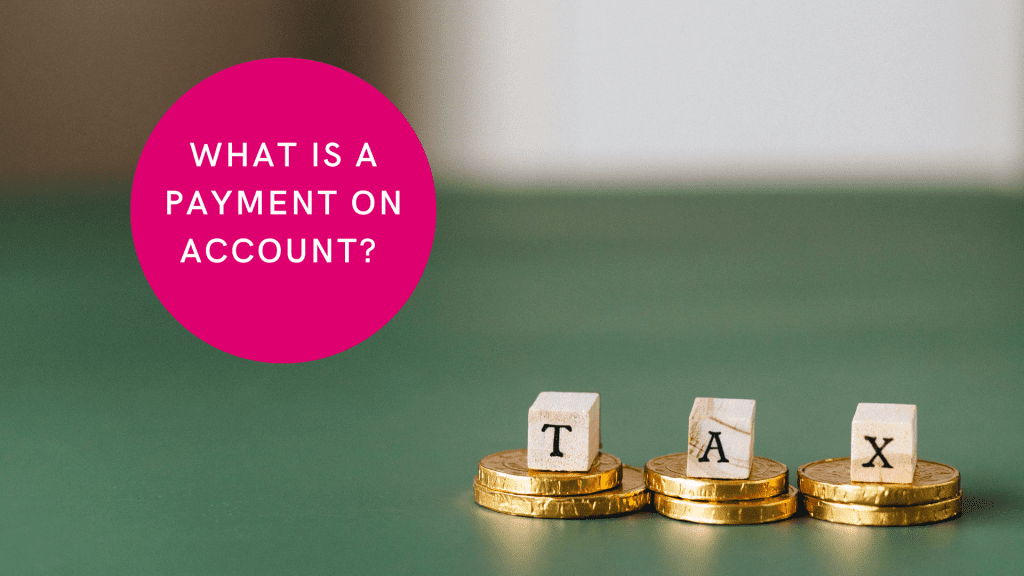
What Is A Payment On Account? Understanding the UK Tax System A common source of confusion in the world of…

What Is A Payment On Account? Understanding the UK Tax System A common source of confusion in the world of…
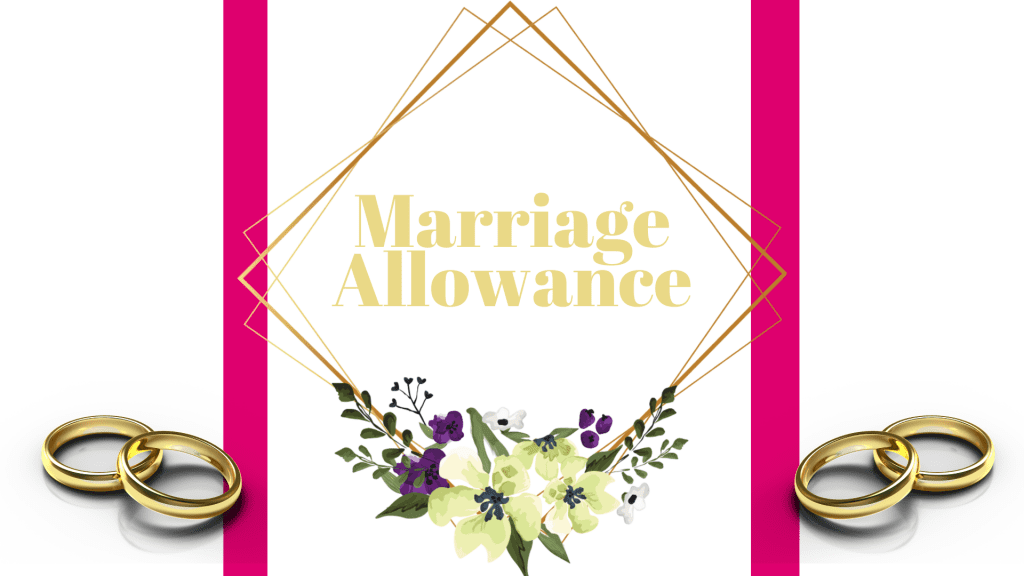
As we are in the middle of wedding season, it’s worth reminding everyone about marriage allowance. This extra bit of…
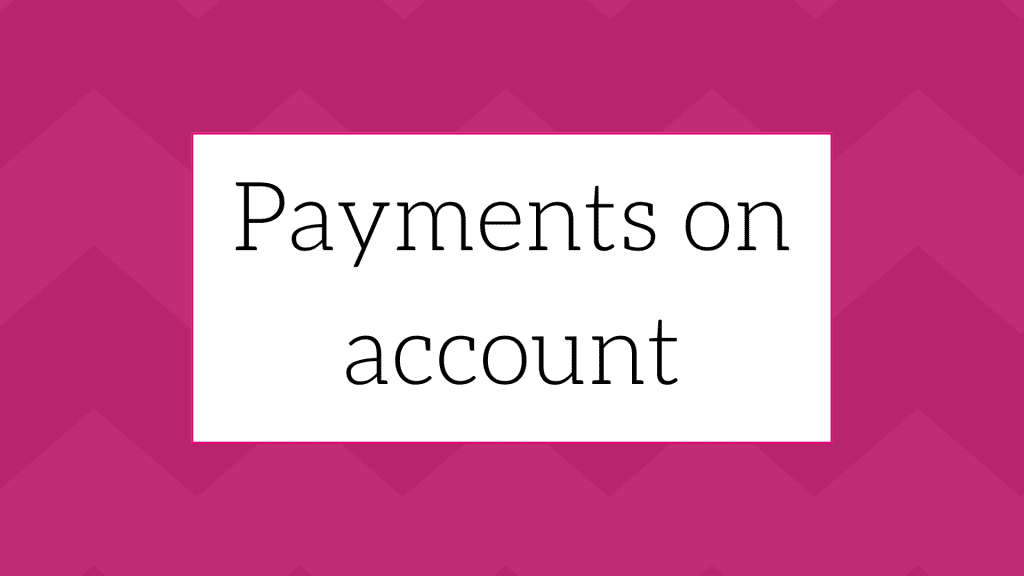
If you complete a tax return you may have to pay your tax twice a year. This sounds like it…
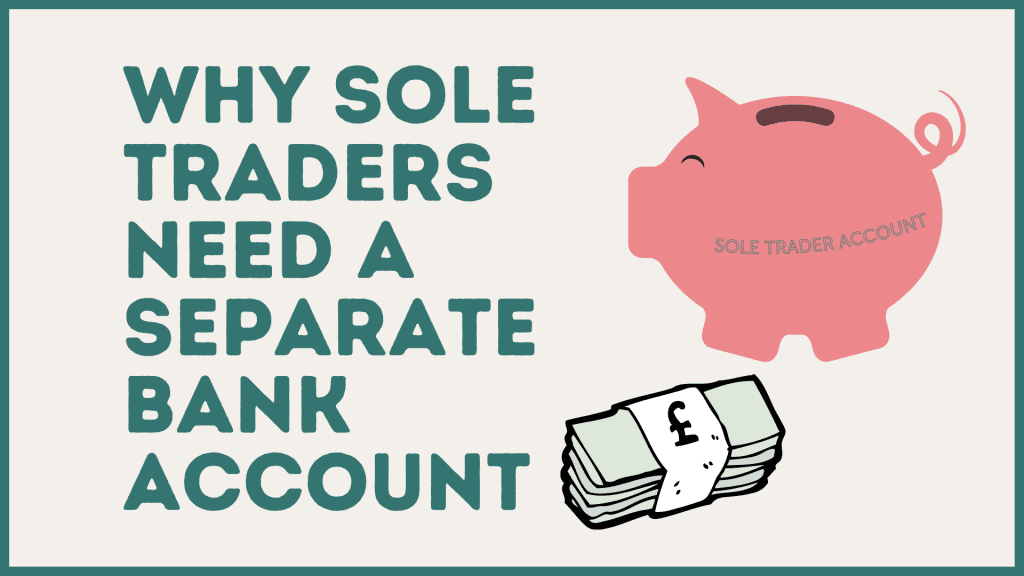
If you are just about to become a sole trader, or have been one for a while, you might be…
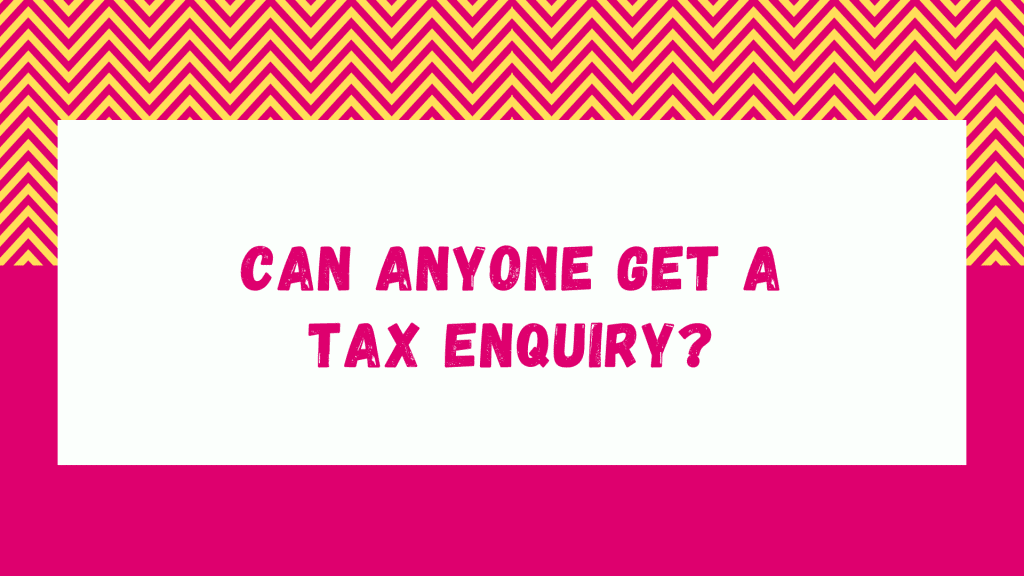
Each year HM Revenue & Customs (HMRC) undertake an enormous number of tax enquiries into individuals and businesses to check…
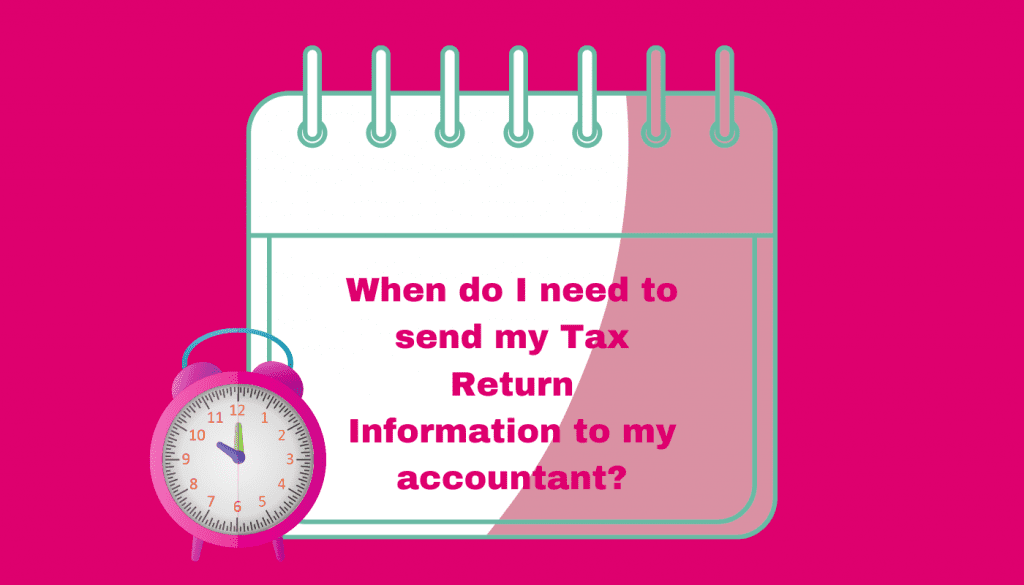
Your self-assessment tax return is the document that is needed to calculate how much tax you owe personally. This return…
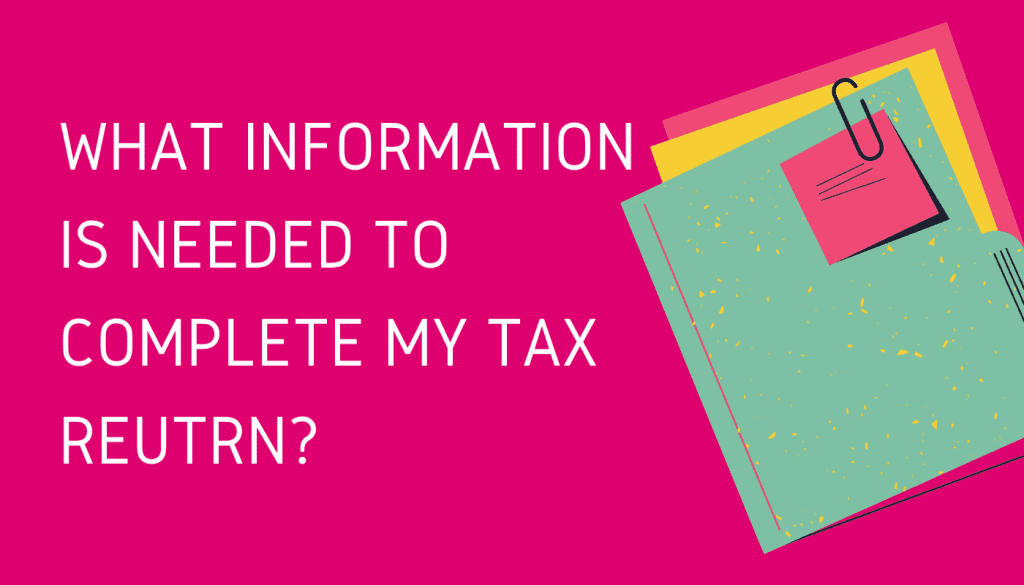
…… AND WHY! It’s that time again ….. tax returns! From the 6th of April, accountants start to request information…
Working from home relief = FREE CASH Due to the current pandemic, many businesses have been working from home this…
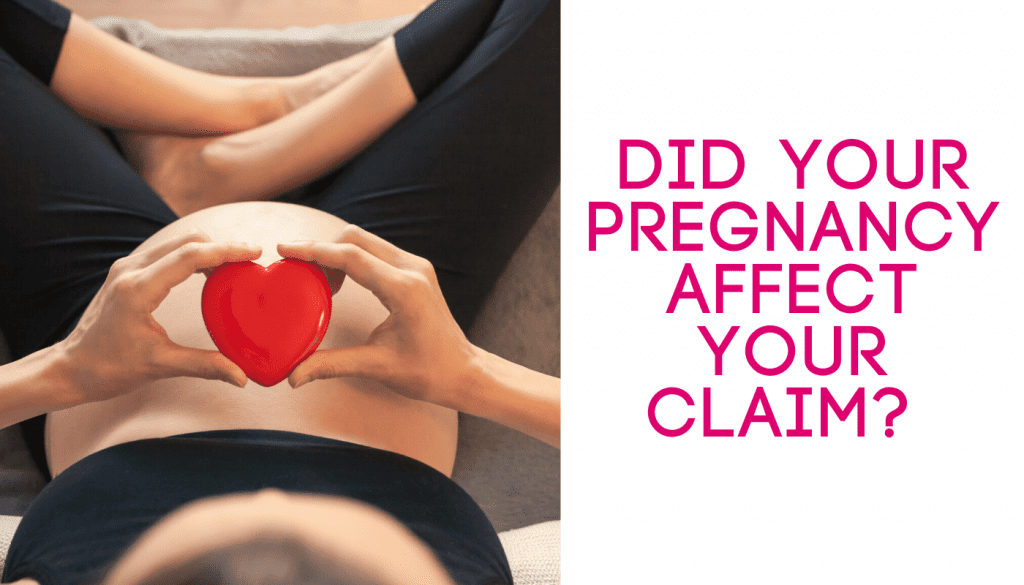
Ask HMRC to verify you had a new child which affected your eligibility for the self-employed income support scheme. If…
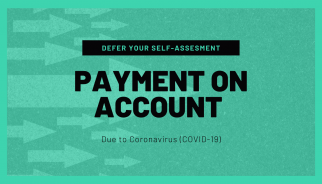
Choose how and when you can delay making your second payment on account for the 2019 to 2020 tax year….